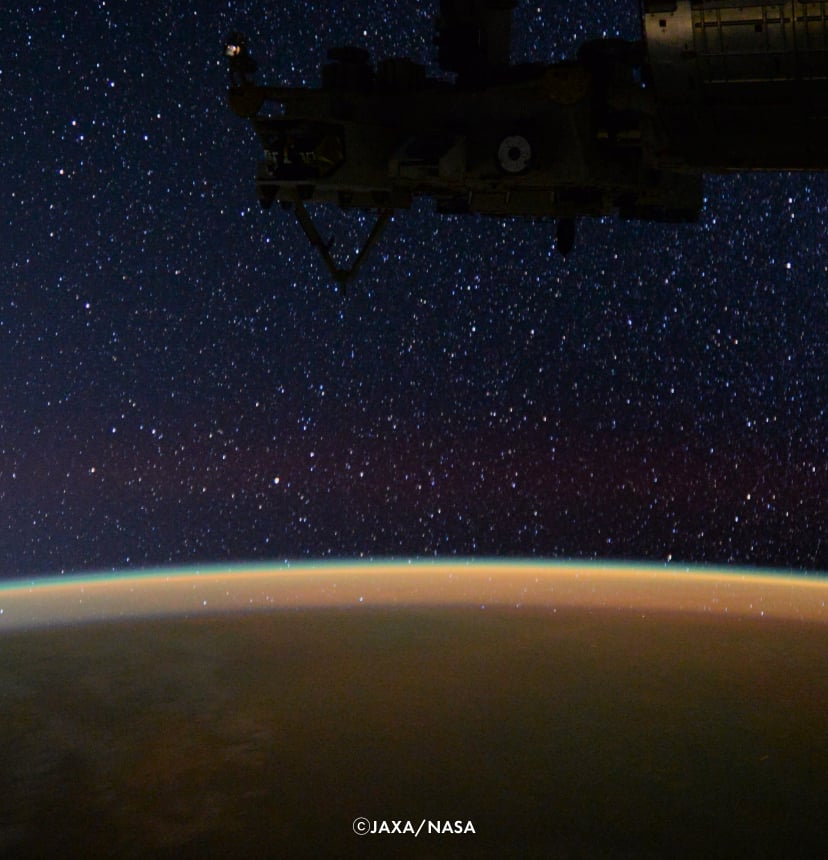The Objective of Space Medicine
Due to microgravity, cosmic radiation, and the enclosed nature of living conditions, space is an extreme environment for humans. For example, in the microgravity environment of the International Space Station (ISS), astronauts are free from the earth gravity (1G) and their bones and muscles deteriorate.
Further, as the earth is protected by the atmospheric layer, the majority of cosmic radiation does not reach the earth’s surface. However, in just one day at the ISS, astronauts are exposed to the same amount of radiation that they would be in six months on earth.
Moreover, astronauts have to live in small, confined spaces with the crewmembers of different cultures.
These factors affect physical and mental well-being. Numerous medical challenges must be solved for humans to live safely in space. Space medicine involves researching the effects that space has on humans’ health, identifying the mechanisms that cause these effects, and coming up with the relevant countermeasures. The objective of space medicine is to minimize the impact that space has on humans’ health and to enable them to maintain their health and physical strength while away from earth.
The technologies and expertise that have been developed to manage and maintain the health of astronauts not only help solving issues pertaining to living and working in space, but can also be applied to medicine that benefits people on earth.

in the mid-deck of Atlantis on the seventh day of the flight ©JAXA/NASA
The Two Core Pillars of Space Medicine
Space Medicine is structured with two core pillars, health management for astronauts and research and development (R&D) in Space Medicine.

with a damping system ©JAXA/NASA
Health management of astronauts is a form of clinical medicine. Not only does it ensure that they can tackle their space missions in top condition, it also helps them quickly adapt to activities on earth when they return. For long-term missions to the ISS (Expedition missions), a dedicated medical operations team manages the health of the astronauts before, during, and after their mission. Aspects that must be managed are detailed in the International Space Station Medical Operations Requirements Document, and include medical inspections, exercise, and environmental monitoring. Space food and daily necessities are also important elements that ensure that astronauts can live healthy.
R&D in Space Medicine looks at what changes space brings to humans’ physiological functions and mental state and investigates the effectiveness of the countermeasures.
To maintain and manage the health of astronauts during their stay in space and after their return, we must first investigate how the physiological functions of human beings change in space. In line with these physiological changes, it is then necessary to discover methods that aid in the maintenance and management of their health.
During ISS Expedition missions, therefore, various medical studies are undertaken with astronauts as the subjects of research. On earth, meanwhile, with a view to future human space activities on the Moon and Mars, a wide range of research and development is underway to acquire the technologies that will enable efficient maintenance and management of astronauts’ health.

in Columbus (European space laboratory) ©JAXA/NASA
Unless specified otherwise, rights to all images belong to ©JAXA




